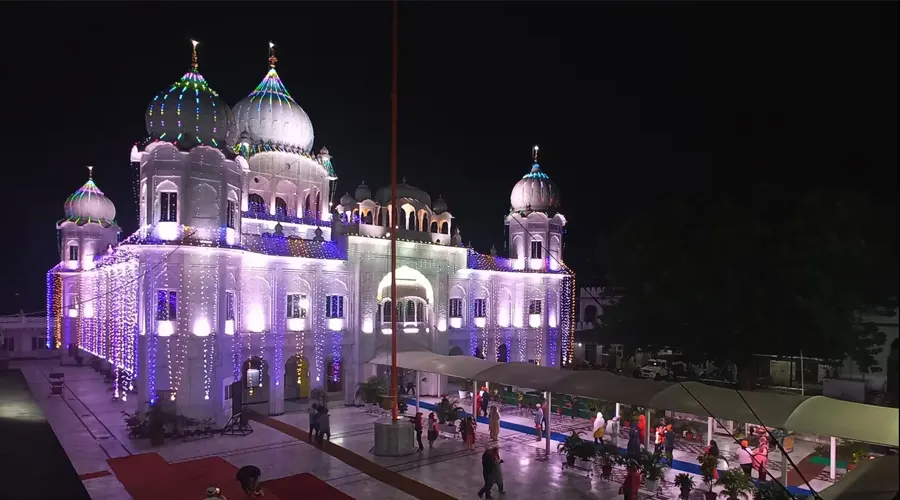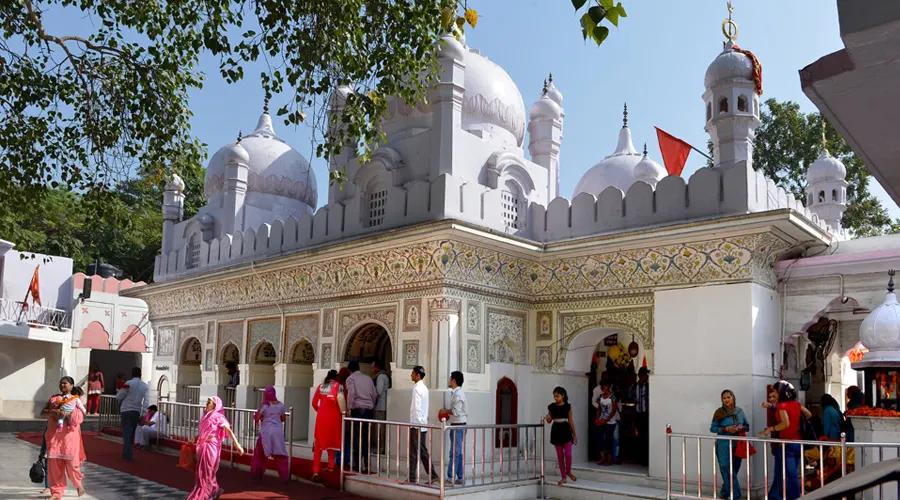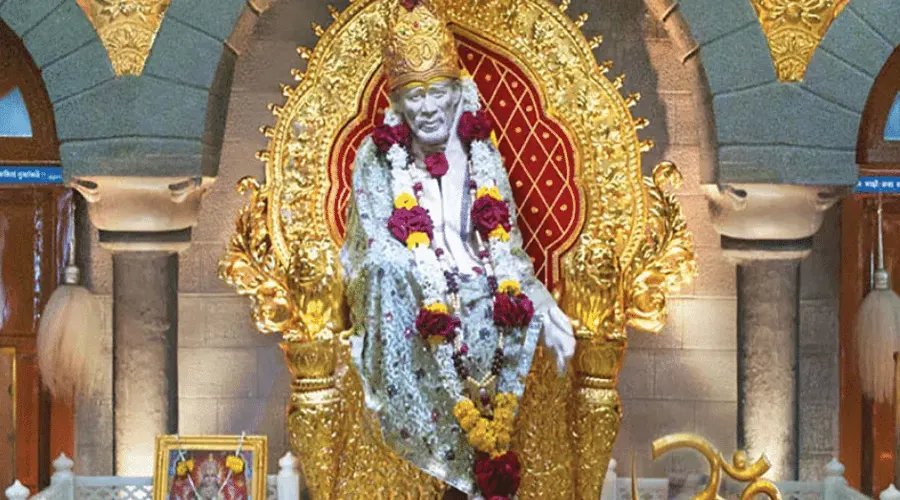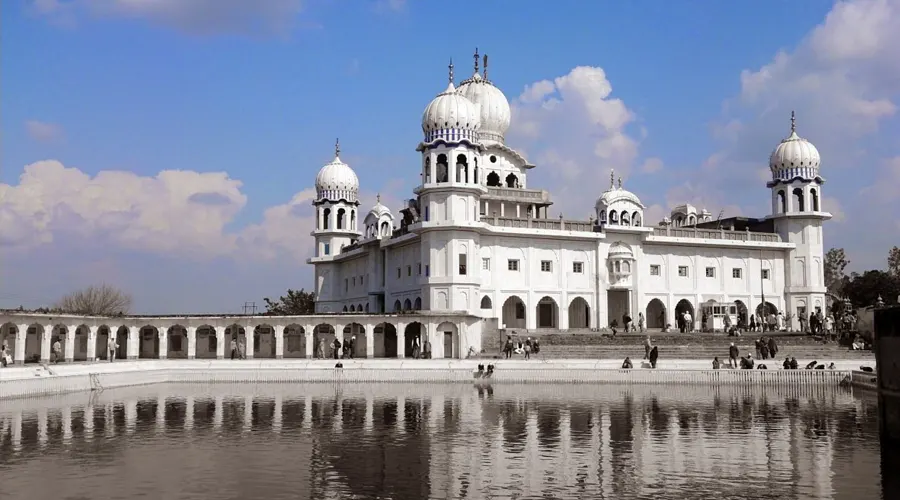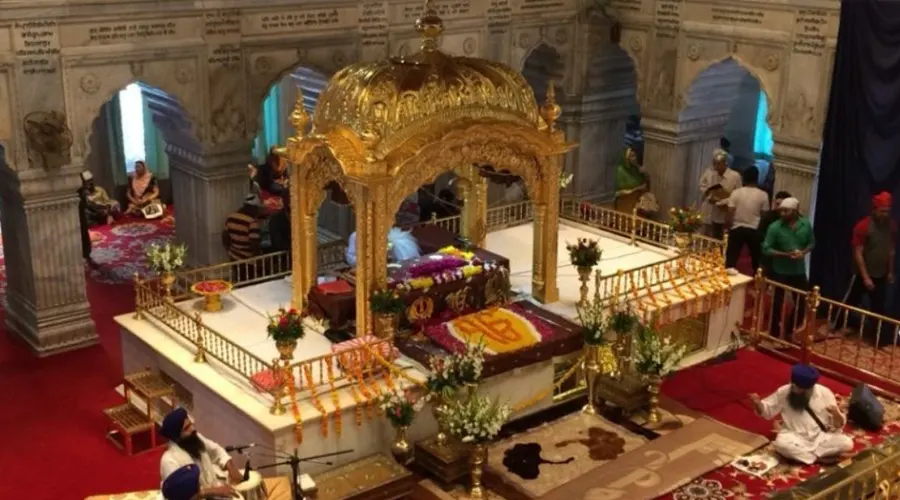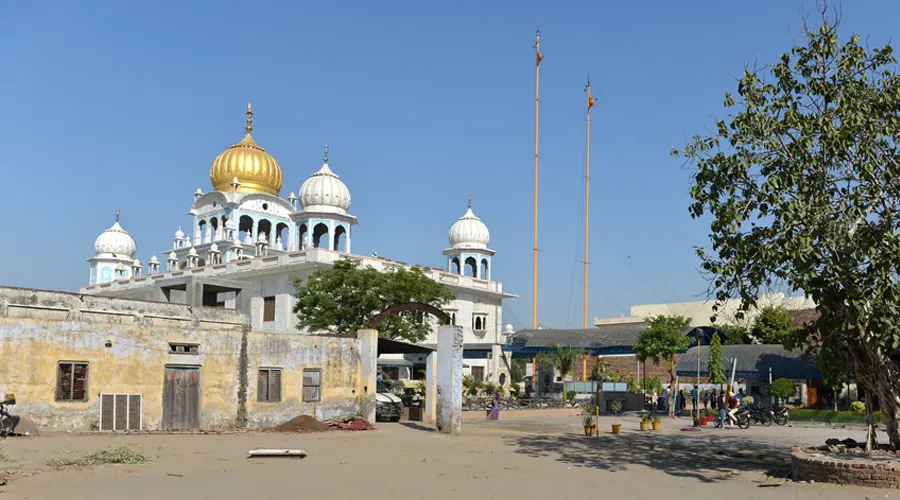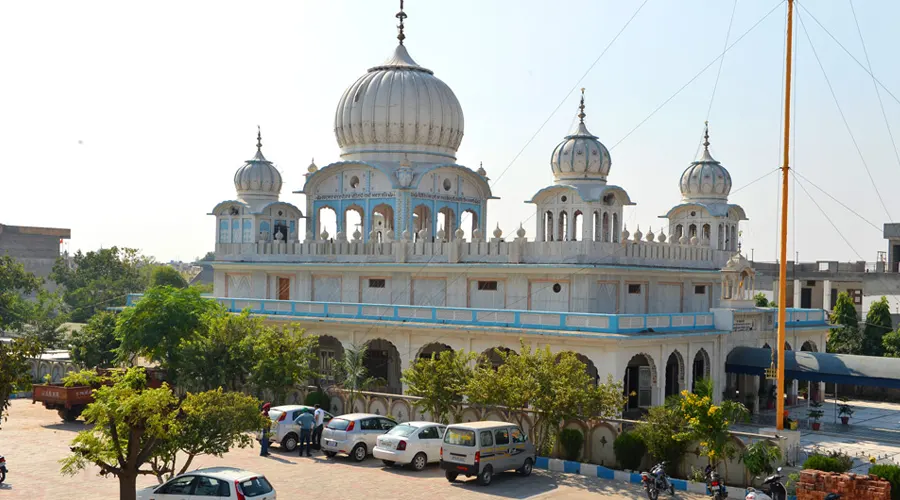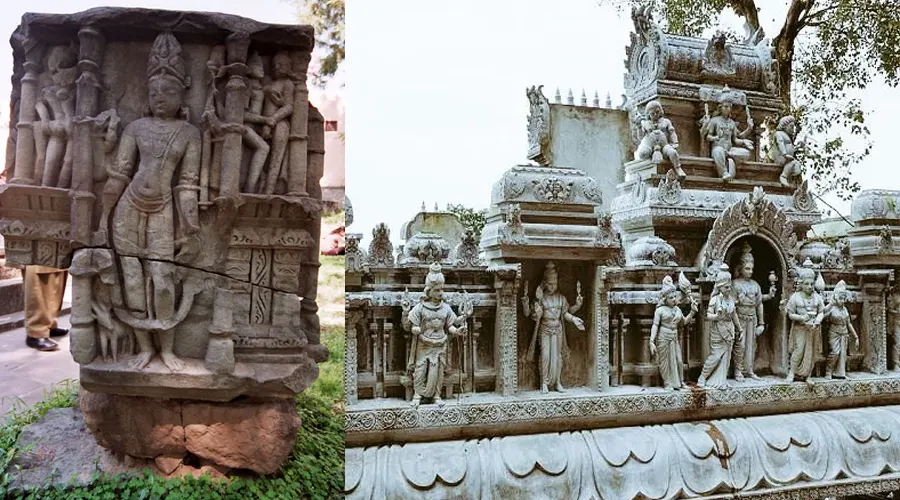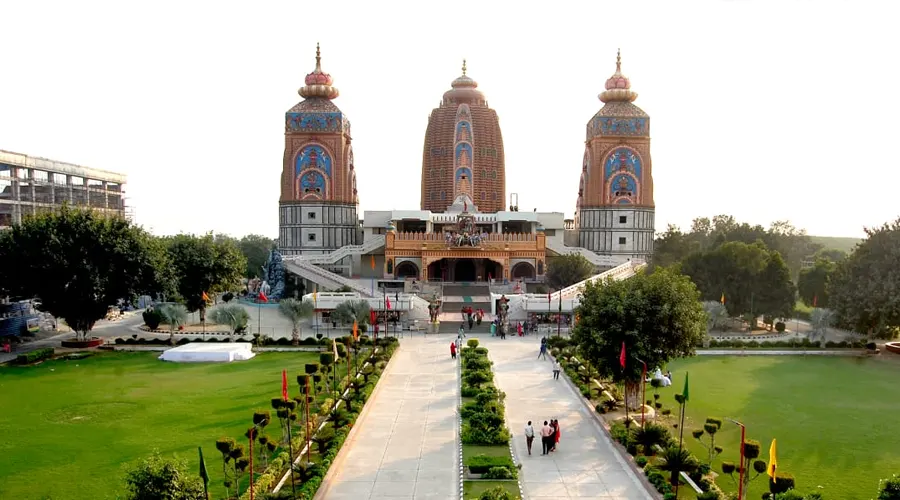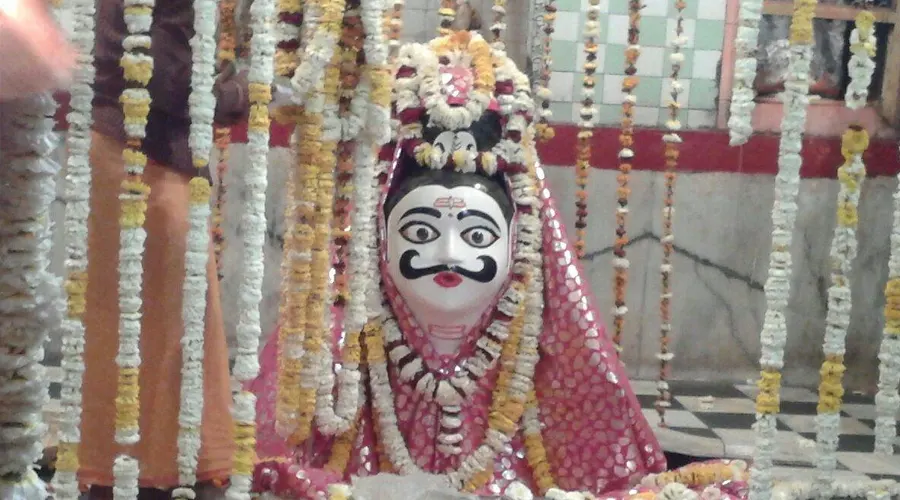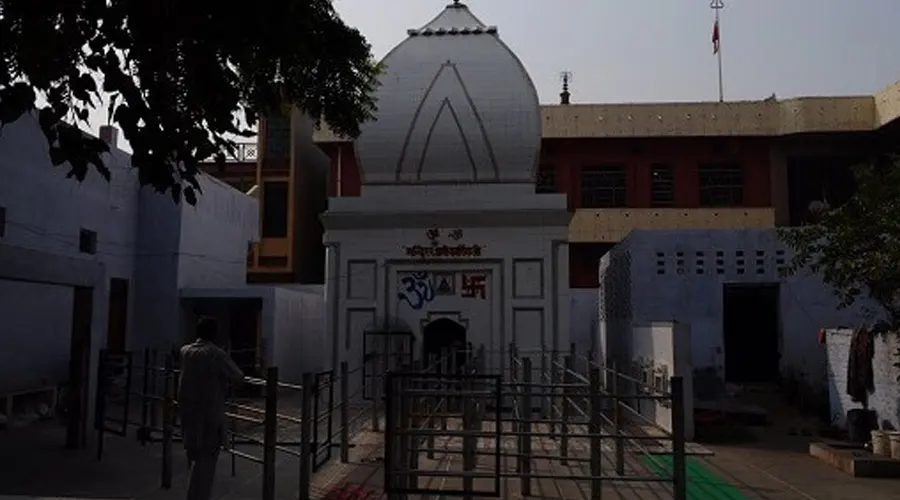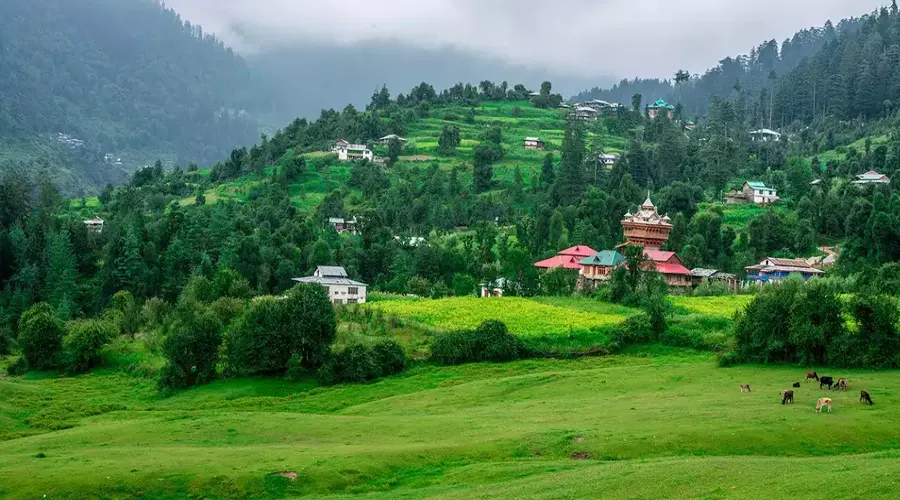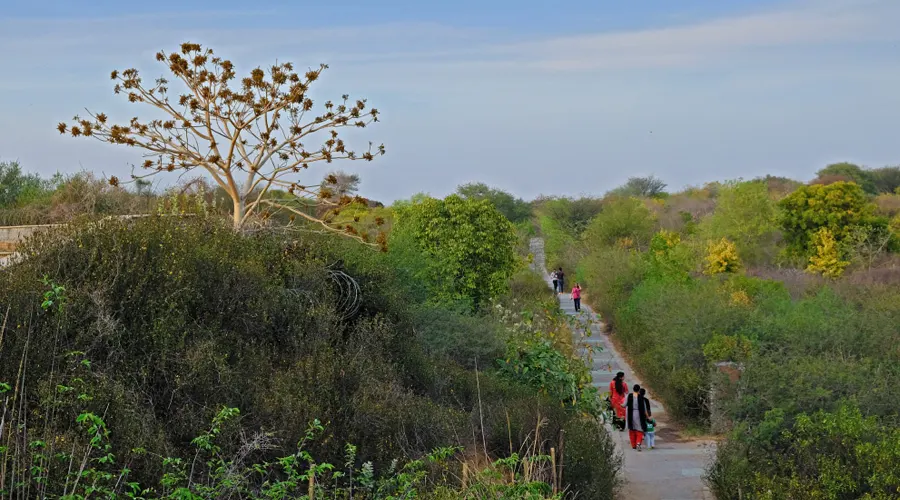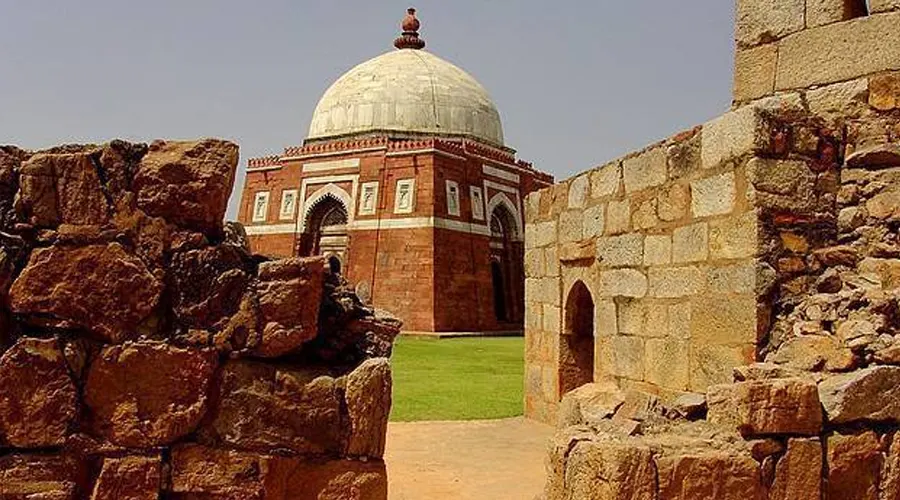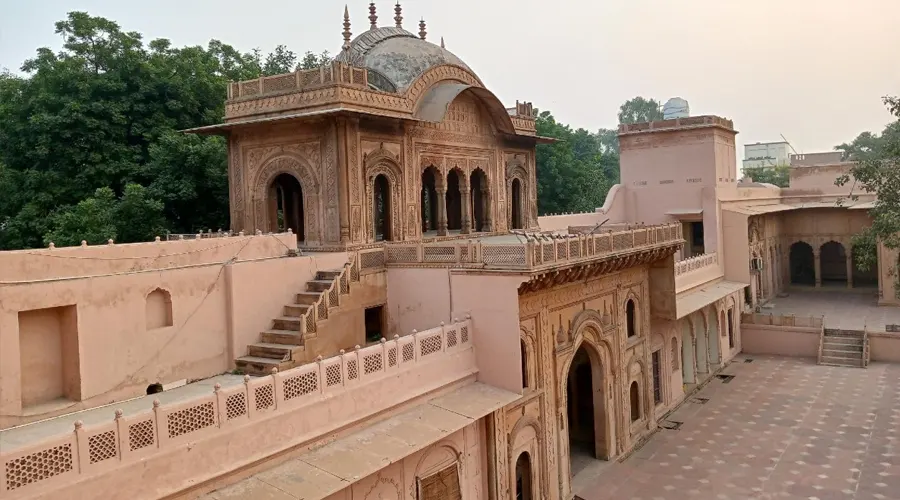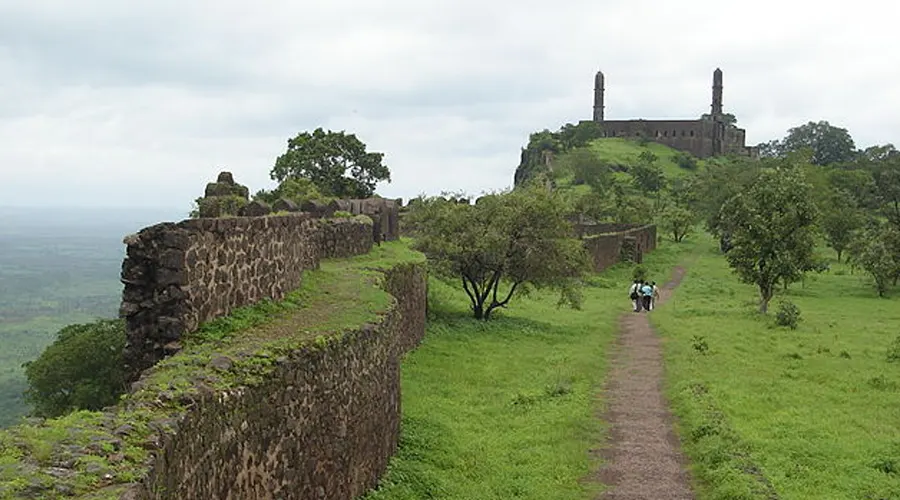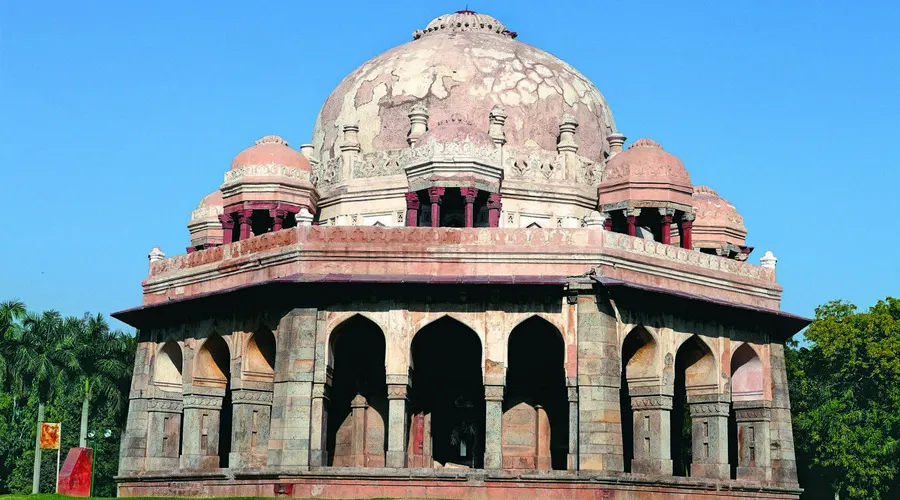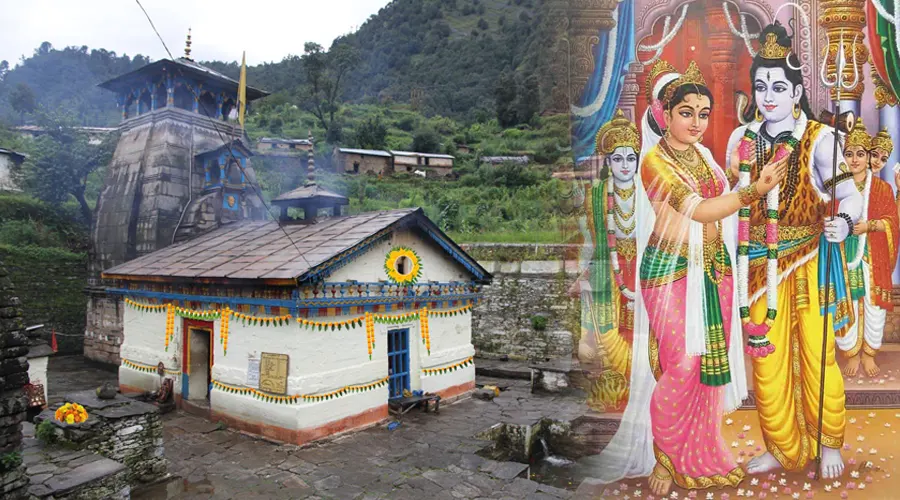Firoz Shah Palace
The edifice known as Firoz Shah's Palace and Tahkhana was built by Firoz Shah Tughlaq, the Sultan of Delhi (1351-1388 AD). The palace is built of rubble masonry covered with thick lime plaster. Its arches are supported on sandstone carved pillars possibly belonging to some Hindu temples.
The palace complex consists of an open courtyard surrounded by two and three-storied structures. A passage with steps leading to the terrace is embedded in the massive western wall of the palace. This passage was most possibly meant for guarding the roofs of the palace. It has several bastions with hollow cores and a pillared hall connected with other rooms and cells of the palace.
The red sandstone structures on the eastern side of the palace and the lotus tank on the terrace, however, are of much later origin. Firoz Shah Palace Complex is located in the city of Hisar in Haryana, India. The original town of Hisar was a walled settlement inside the fort with four gates, Delhi gate, Mori Gate, Nagauri Gate, and Talaqi Gate.
The palace consists of a mosque known as Lat ki Masjid. Lat is a sandstone pillar about 20 feet high and was earlier an Ashokan pillar. Underground apartments are also located inside the complex.
History of Firoz Shah Palace
Tourism at Firoz Shah Palace Complex started gaining prominence as archaeological excavations in the late 20th century brought to light artifacts and structures that narrated the glory of the Tughlaq dynasty.
Since then, the site has been consistently developed and maintained by the Archaeological Survey of India (ASI), making it more accessible for visitors. Originally not on the main tourist track, the complex has seen a steady increase in visitors, both domestic and international, who are intrigued by its history and architectural marvels.
Architecture of Firoz Shah Palace
Visitors to the Firoz Shah Palace Complex are greeted by a plethora of structures that showcase the architectural prowess of the Tughlaq era. Key attractions include the Lat Ki Masjid, Diwan-e-Aam, Diwan-e-Khas, and Ashoka Pillar.
The mosque, known for its unique construction using a repurposed Ashokan pillar, and the public and private audience halls provide a glimpse into the lifestyle of the period.


